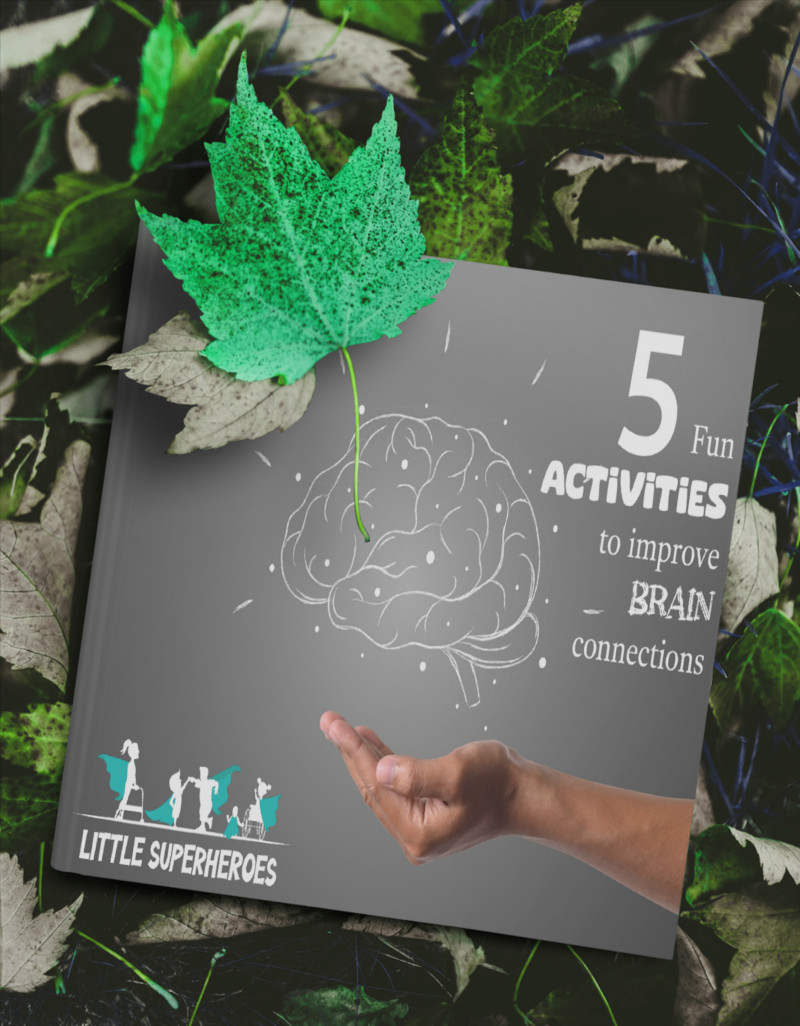As parents, we know how captivating screens can be for our neurodivergent kids. They provide predictability, entertainment, and sometimes, much-needed breaks for us. But during the holidays, when routines are more relaxed, screen time can easily take over the day. Finding a healthy balance can help our kids thrive emotionally and developmentally while still enjoying their favourite activities.
Here are some practical strategies and insights to manage screen time effectively this holiday season.
Understanding the Draw of Screens
Screens are irresistible for many reasons:
- Predictability: Screens provide a controlled environment free of unexpected sensory input or social challenges, offering comfort and security for neurodivergent kids.
- Dopamine Boost: The brain releases dopamine, the feel-good chemical, during screen time. This creates a reward loop, making screens more appealing than other activities.
- Stimulation: Screens provide constant visual and auditory input, engaging the brain’s sensory pathways.
While these benefits are helpful, excessive screen time can lead to sensory overload, emotional dysregulation, and missed opportunities for growth.
Why Balance Matters
Extended screen use can overstimulate the brain, making transitions to non-screen activities more challenging. It can also create dependency, as children seek screens to maintain their mood. The goal isn’t to eliminate screens but to use them intentionally while integrating other enriching activities into the day.
Strategies to Find Balance
1. Create a Visual Schedule
Neurodivergent kids thrive on structure. A visual schedule helps them know what to expect and makes transitions smoother. Here’s how:
- Use pictures or symbols to represent activities like breakfast, outdoor play, 30 minutes of screen time, and craft time.
- Let your child check off activities as they’re completed, giving them a sense of control and accomplishment.
2. Set Clear Boundaries
Transitions can be tricky. Help your child prepare for changes by:
- Using a timer to signal the end of screen time.
- Giving verbal cues like, “Five more minutes of screen time before snack.” This gradual preparation helps reduce resistance and emotional outbursts.
3. Pair Screen Time with Other Activities
Balance screen use by combining it with activities that engage different parts of the brain:
- Movement: Encourage activities like nature walks, scavenger hunts, or an obstacle course.
- Creative Play: Provide arts and crafts supplies or building blocks.
- Sensory Play: Create sensory bins with materials like rice or slime.
Using Screens as Tools, Not Crutches
Screens can be a powerful tool when used intentionally. For example:
- Use meditation apps for calming overstimulated kids.
- Introduce nature documentaries for sensory input in a controlled way.
- Explore educational games that build skills like problem-solving or math.
Alternatives to Screen Time
If you’re looking for practical alternatives, try these:
- Sensory Activities: Play-doh, slime, or sensory bins can help regulate emotions.
- Outdoor Play: Scavenger hunts or beach walks provide movement and connection to nature.
- Family Bonding: Board games, baking, or shared storytelling promote emotional security and trust.
Extra Superhero Tip
A creative mum shared her system of using a point-based reward system. Her son earned points for helping with chores or completing creative tasks, which could then be traded for screen time. This approach encouraged him to try new activities and reduced his reliance on screens.
Remember: Balance Takes Time
Achieving the right balance of screen time and other activities isn’t about perfection—it’s about progress. Every small step you take helps build a healthier routine for your child and your family.
What strategies have worked for you? I’d love to hear your tips and share them with our Little Superheroes community. Your insights might just inspire another parent to find their balance.
Thank you for everything you do for your superheroes. You’re making a difference every day, and your love and dedication are what truly matter.
















